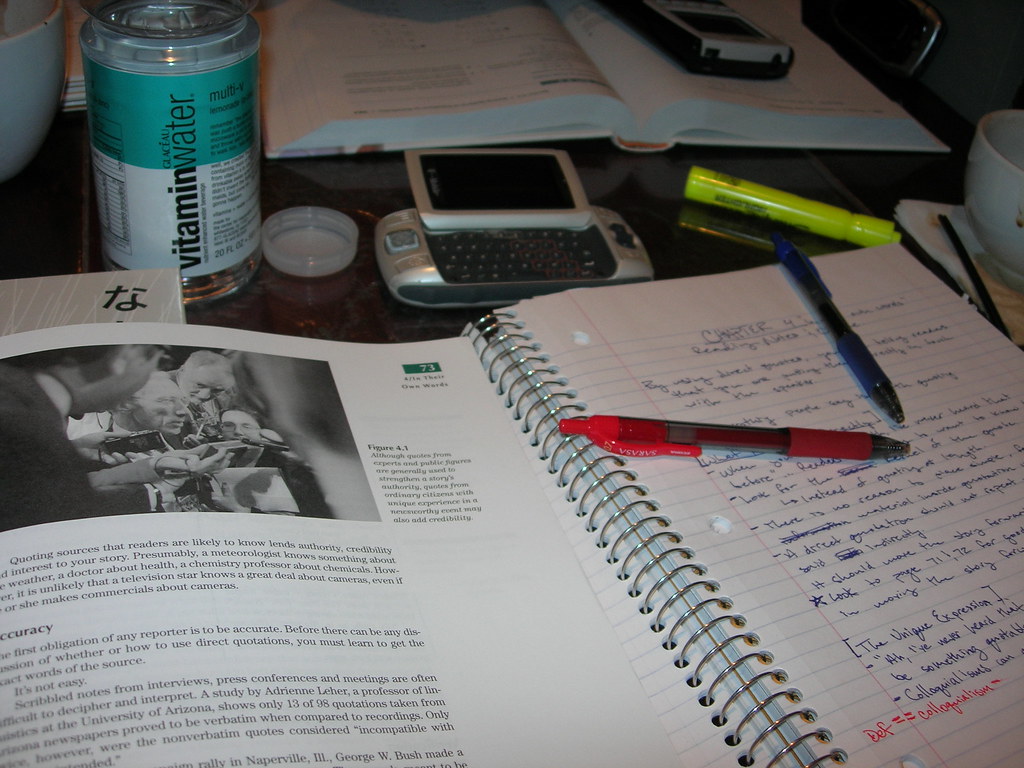Intense Benefits of Chunking Learning Strategy to Remember Information More Effectively
Chunking is a cognitive learning strategy that involves breaking down large amounts of information into smaller, more manageable units, or “chunks.”
This method is based on the brain’s natural ability to process and remember information more effectively when it is grouped logically. The benefits of chunking learning strategy to remember is massive.
Whether you’re memorizing a long list, studying dense material, or learning new skills, chunking can make the process more efficient and less overwhelming.
Table of Contents
What is Chunking?
Chunking is essentially grouping information into meaningful categories to make it easier to recall.
For example, when trying to remember a phone number like 1234567890, it’s easier to divide it into chunks such as 123-456-7890.
This method is not limited to numbers—it can also be applied to words, concepts, or even tasks.
In academic settings, students often use chunking to study complex topics by breaking them into smaller sections.
For instance, when learning about human anatomy, a student might divide the material into chunks like skeletal system, muscular system, and nervous system, tackling one chunk at a time.
How to Use Chunking Effectively
Identify the Information to Study
Start by analyzing the material and identifying logical groupings. For example, when studying history, you might group events by time periods or significant themes.
Organize Information into Chunks
Break the material into manageable parts. Each chunk should represent a meaningful category or concept. In math, this might mean grouping formulas by type, such as algebraic, geometric, or statistical.
Create Visual Aids
Use tools like tables, mind maps, or bullet points to represent the chunks visually. For example, if studying vocabulary, group related words into categories like emotions, actions, or objects.
Study One Chunk at a Time
Focus on understanding and memorizing one chunk before moving to the next. This step-by-step approach prevents cognitive overload and allows for deeper comprehension.
Review and Combine Chunks
After mastering individual chunks, review them collectively to understand how they connect. This integration phase helps create a holistic understanding of the material.
Practice Retrieval
Test yourself by recalling chunks without referring to notes. For example, list all elements in a chunk or explain how different chunks relate.

Why Chunking Works
The human brain has a limited capacity for working memory, typically able to hold about 7±2 items at a time.
Chunking extends this capacity by grouping multiple pieces of information into single units.
This method capitalizes on patterns and relationships, making material easier to process and recall.
For example, when learning a language, memorizing individual words can be daunting.
By grouping words into related categories—such as fruits, colors, or verbs—you reduce the cognitive load and enhance recall.
Chunking also fosters long-term retention by reinforcing connections between related pieces of information.
Common Mistakes and Misconceptions
Overloading Chunks
Some students create chunks that are too large or complex, defeating the purpose of simplifying the material. Aim to keep chunks concise and focused.
Skipping Integration
Focusing only on individual chunks without connecting them can lead to fragmented understanding. Always review chunks collectively to see the bigger picture.
Assuming It’s Only for Memorization
While chunking is often associated with rote learning, it’s also valuable for understanding concepts and solving problems. For instance, chunking can help programmers break down code into functions or sections.
Using Arbitrary Groupings
Chunks should be logical and meaningful. Random groupings can confuse rather than clarify.

Who Benefits from Chunking?
Chunking is a versatile strategy that can help:
Visual Learners: Grouping material into charts or diagrams aligns with their preference for organized, visual representations.
Auditory Learners: Using mnemonic devices or grouping information in rhythmic patterns can make chunks easier to recall.
Students Handling Dense Material: Those studying subjects like law, medicine, or engineering can use chunking to manage large volumes of information.
Practical Applications
Language Learning: When learning verb conjugations, group them into regular and irregular verbs or by tense (e.g., past, present, future).
Science: For chemistry, memorize the periodic table by dividing elements into categories like metals, nonmetals, and noble gases.
Math: When solving equations, chunk steps into smaller actions, such as simplifying expressions first, followed by isolating variables.
Exam Preparation: Create chunks based on topics or chapters, tackling one at a time and revisiting them during review.

Conclusion
Chunking is a highly adaptable and effective study strategy that simplifies complex information into manageable parts.
By organizing material logically, focusing on one chunk at a time, and integrating chunks into a cohesive whole, learners can improve comprehension, retention, and confidence in their studies.
School Hacks
Subscribe
Fresh insights and exclusive perks delivered straight to your inbox. Sign up now!






